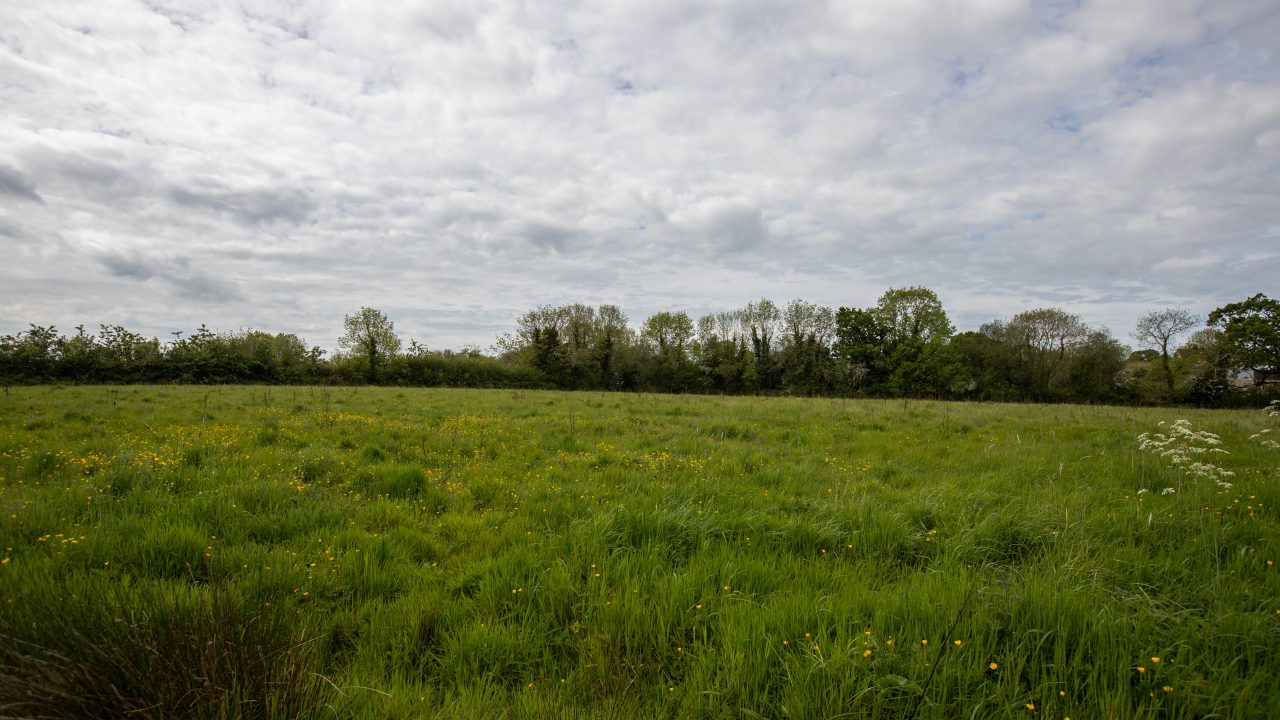Discrepancies in the application of the vacant site levy, and how its application affects active farmers, have received attention after a High Court case involving a Co. Cork farmer.
The tillage farmer – from the Midleton area – took a case to the High Court in September 2018 after An Bord Pleanála upheld the decision of Cork County Council to place the farmers’ land on the register of lands that can be charged under the levy.
The judgment in the case was delivered last week, on May 12. Sean Nolan, the solicitor who successfully represented the farmer, said that the case, to a large degree, centered on the definition of the phrase “vacant or idle”, which land must be in order to have the levy charged, according to the relevant legislation.
The levy was originally introduced in 2018 at 3% per year of the value of land. In 2019 this was changed to 7%.
Speaking to AgriLand, Nolan explained: “The statute requires the local authority to inspect the relevant lands [for which an inspector is sent out] in order to form a view as to weather or not they are lands which fall within the potential charge under the legislation – in this case [land must be] ‘vacant or idle’.”
“There’s some ambiguity there when it comes to agricultural land in agricultural use. The circular was subsequently revised, but the judge found that there had been undue deference made to the circular rather than the actual suitability of the land to fall under the charge,” the solicitor noted.
He continued: “There was a circular going around that was intended to provide clarity, but ended up giving rise to inconsistent applications in the various local authorities. So for example in Co. Cork it was decided [by the county council] that agricultural use was not a bar to being actually ‘vacant or idle’ land. We found that to be extraordinary.”
In other local authorities, it can be quite different.
In Kilkenny, we know for a fact, when farmers objected to their lands being regarded as vacant or idle, they [the county council] took legal advice and decided not to pursue putting the relevant lands on the register.
“The legislation doesn’t actually flesh out those terms [vacant or idle], so in our particular case the court had to decide what is the meaning of those words. An Bord Pleanála sought to apply a more nuanced, extended definition of what that means, and they were trying to contend that the meaning [of the legislation] was that vacant or idle meant vacant or idle of residential property.
“The court considered weather it was right to apply those words to the meaning of ‘vacant or idle’, and the court held that this was something for the Oireachtas to actually do. There is a lot of consideration of that in the judgement,” Nolan explained.
‘Form of taxation’
The solicitor said that his farmer client has been put through “quite a lot of angst and stress” over the course of the case.
“This is really a form of taxation…local authorities have been charged with the duty of actually applying it on the ground, and what we would say is that the legislation has been applied in a very inconsistent manner throughout the whole country,” Nolan highlighted.
In fact, very little revenue has been raised, so we question whether or not this is something the Government should look at again, because it doesn’t seem to be working.
Nolan acknowledged the need for a system to prevent “speculative land hoarding” – the apparent purpose of the vacant site levy – but he stressed that it should be “formulated fairly, balancing constitutional rights of individuals to own land, and encouraging sale of land into the market place for housing”.
Infrastructure
Although there has been some amending of the legislation since Nolan and his client took the case, these changes are complex and difficult to understand.
“Law has to be clear and intelligible. You can’t have ordinary individuals scratching their heads having to go and get legal advice on everything to do with day-to-day affairs,” the solicitor argued.
Nolan used the example of water and sewerage facilities: “If they’re not actually there, is it really fair and right to say that land should be developed?
“There’s a lot of consideration [in the judge’s decision] given to the procedure concerning how a site should be put on the register and how far inspectors and local authorities should be looking into the future, when really, they should be looking into the present,” the solicitor concluded.
